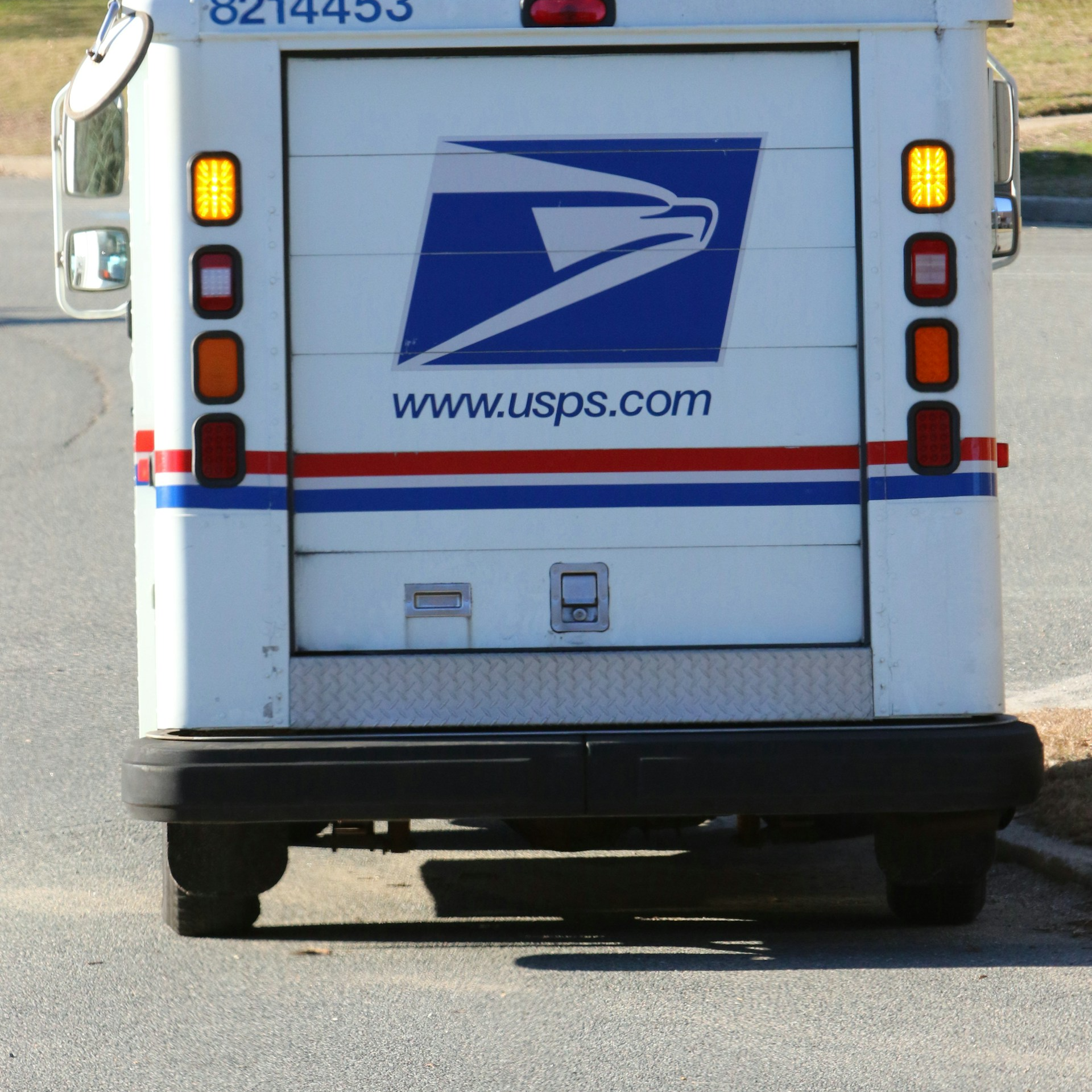Key Takeaways
-
Many supplemental benefits offered by Medicare Part C plans in past years have been scaled back or eliminated in 2025, potentially reducing the value for Postal Service Health Benefits (PSHB) members relying on those extras.
-
While Medicare Advantage (Part C) still coordinates with PSHB, fewer services are now covered fully, and cost-sharing responsibilities may be shifting more toward you.
The 2025 Landscape: A Shifting Ground for Medicare Part C
Medicare Advantage (Part C) plans continue to be a popular choice for Medicare-eligible individuals, including those under the Postal Service Health Benefits (PSHB) Program. At first glance, these plans appear attractive with their bundled services, including hospital, medical, and sometimes prescription coverage. But in 2025, some of the most touted perks have quietly disappeared, and that can affect your coverage expectations under PSHB.
If you’ve been relying on Medicare Advantage to round out your PSHB plan, it’s time to take a closer look at what’s changed—and what that means for your out-of-pocket costs and healthcare access.
What Changed in 2025: Fewer Extras, Tighter Coverage
The most significant shifts involve supplemental benefits—non-medical services that many plans added in recent years to attract enrollees. These benefits helped differentiate Medicare Advantage from Original Medicare. In 2025, however, multiple changes have taken root:
Fewer Over-the-Counter (OTC) Benefits
-
The percentage of Medicare Advantage plans offering OTC allowances has dropped significantly from 85% in 2024 to around 73% in 2025.
-
These allowances often helped cover non-prescription medications, first aid supplies, and wellness items.
Shrinking Transportation Coverage
-
Transportation to and from medical appointments, previously included in about one-third of plans, is now offered by only about 30%.
-
If you depend on this service, you may now have to pay out of pocket or arrange your own travel.
Narrower Vision, Hearing, and Dental Coverage
-
While still available, these benefits are more limited than in previous years.
-
Networks may be smaller, annual maximums have tightened, and fewer plans offer comprehensive packages that cover advanced dental procedures or hearing aid fittings.
Reduced Meal Support and In-Home Services
-
Several plans have reduced or removed post-discharge meal deliveries and in-home caregiver support services.
-
These were highly valued by PSHB retirees recovering from hospital stays but are less commonly available now.
The Drug Coverage Shift: What the New Part D Cap Means
One of the biggest changes this year is the $2,000 annual out-of-pocket cap on prescription drugs under Medicare Part D. This is a win for many, but you should be aware of how it fits into Medicare Advantage plans.
-
Most Medicare Advantage plans offering drug coverage now comply with the Part D structure.
-
Once you reach $2,000 in out-of-pocket drug costs, your plan covers the rest for the calendar year.
-
However, some PSHB-integrated Medicare Advantage plans might not apply this cap in the same way, particularly if your plan uses a different formulary or has unique cost structures.
Coordination Isn’t Always Seamless With PSHB
If you’re enrolled in both Medicare Advantage and a PSHB plan, you may assume your benefits stack neatly. In reality, overlapping coverage can create confusion or unexpected denials.
Who Pays First?
-
Typically, Medicare Advantage acts as your primary insurer, while PSHB becomes secondary.
-
However, if you use out-of-network services not approved by your Medicare Advantage plan, PSHB may not cover the leftover costs.
Prior Authorization Requirements
-
Medicare Advantage plans often require pre-approval for many procedures, even if your PSHB plan wouldn’t.
-
If you skip this step, both your Medicare Advantage and PSHB plan may refuse to pay.
Pharmacy Network Differences
-
PSHB plans offer drug coverage through a Medicare Part D Employer Group Waiver Plan (EGWP).
-
If your Medicare Advantage plan includes drug coverage, you can’t enroll in the PSHB drug plan simultaneously.
-
This means you must choose—and that choice determines your access to certain drugs and pharmacies.
Mid-Year Notifications: New in 2025
Starting this year, you’ll receive a Mid-Year Enrollee Notification of Unused Supplemental Benefits if you’re enrolled in a Medicare Advantage plan.
-
This personalized document, sent between June 30 and July 31, 2025, will outline which benefits you haven’t used yet.
-
The goal is to increase awareness and encourage you to take advantage of what your plan still offers.
While this feature is helpful, it also highlights how limited the remaining extras have become. In many cases, there just aren’t as many left to use.
Timing Matters: Open Enrollment and Annual Notices
Even though Medicare Advantage is a calendar-year plan, you coordinate your PSHB coverage during the federal Open Season each fall—from November to December. During this period, you should:
-
Read your Medicare Advantage Annual Notice of Change (ANOC) carefully.
-
Compare it to your PSHB plan’s Summary of Benefits.
-
Ensure both plans still align with your care needs and budget.
Any mismatch can cause issues the following year. If you do not actively review or change plans, you may be automatically re-enrolled into a plan that no longer fits your needs.
Out-of-Pocket Exposure: It’s Getting More Complex
The appeal of Medicare Advantage often lies in its maximum out-of-pocket (MOOP) protections. In 2025:
-
The in-network MOOP limit is $9,350.
-
The combined in-network and out-of-network MOOP limit is $14,000.
These figures can be alarming, especially if you’re dealing with chronic conditions, specialty treatments, or services outside of network. Depending solely on a Medicare Advantage plan might expose you to higher unexpected costs, especially if your PSHB coverage doesn’t pick up the slack.
Choosing Between Medicare Advantage and Original Medicare With PSHB
Not all PSHB members opt for Medicare Advantage. You may prefer to stay with Original Medicare and supplement it with your PSHB coverage. Here’s what to consider:
With Medicare Advantage:
-
One-card convenience, but more restrictions.
-
Narrower provider networks.
-
Need to manage approvals and referrals.
With Original Medicare + PSHB:
-
Broader provider choice.
-
PSHB can cover costs Medicare doesn’t.
-
Coordination is typically smoother with less red tape.
Medicare Advantage Still Has a Role—But Know the Tradeoffs
This isn’t to say Medicare Advantage plans no longer offer value. Some still do—particularly if you’re relatively healthy and live in a metro area with ample in-network providers. But as a PSHB enrollee, your unique needs and expectations require deeper analysis in 2025.
Key Considerations This Year:
-
Compare which plan offers better protection for specialists, hospital stays, and outpatient care.
-
Analyze how your prescription needs align with drug formularies.
-
Review plan caps, cost-sharing terms, and authorization requirements.
Staying on autopilot with a plan that worked for you in 2023 or 2024 could lead to coverage gaps in 2025.
Reviewing Your 2025 Plan Pairing Strategy
You need to evaluate your PSHB and Medicare enrollment together—not in isolation. Here’s what to do:
-
Double-check if you’re required to enroll in Medicare Part B to maintain PSHB coverage.
-
Determine if your PSHB plan integrates with Medicare Advantage or works better with Original Medicare.
-
Consider contacting a licensed agent listed on this website who can walk you through this evaluation.
Reassess Before It Costs You More
As a PSHB member, your 2025 health coverage hinges not just on having insurance, but on how well it works together. Medicare Part C may still be an option—but it’s no longer as generous or predictable as it once appeared.
Reassess your health needs, look at your current and potential future costs, and talk to a licensed agent listed on this website to find the plan combination that truly serves you best.












